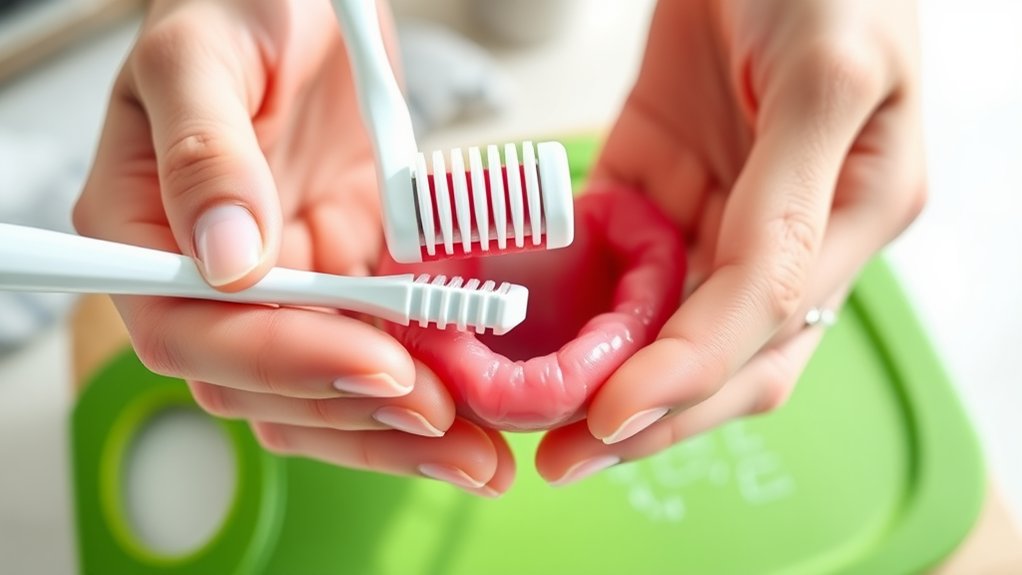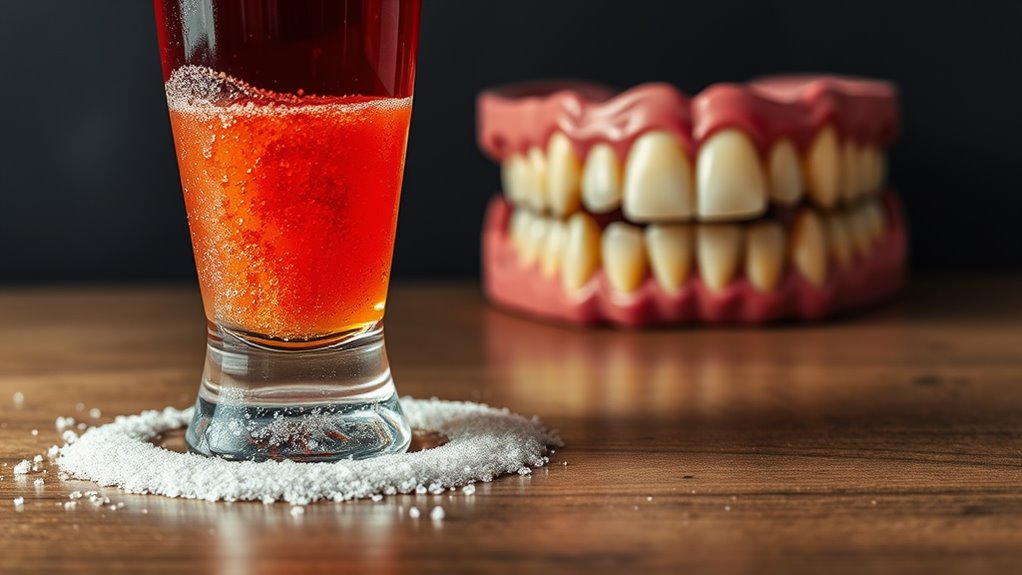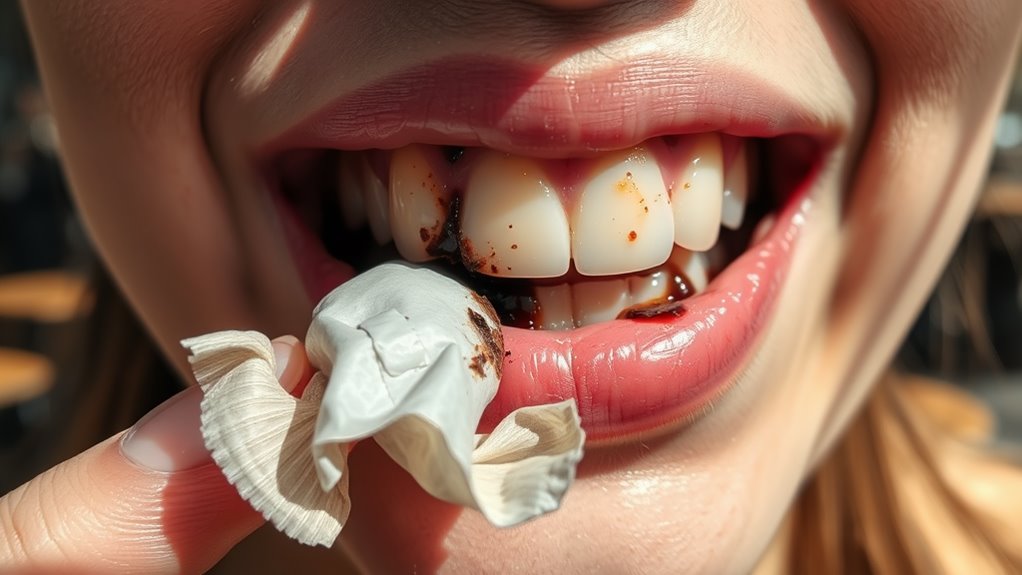How to Massage Your Gums for Better Health
Many people overlook that gum health directly impacts overall oral hygiene. Neglecting your gums can lead to issues such as gum disease and tooth loss. However, with a simple yet effective technique—gum massage—you can improve circulation and reduce inflammation around your teeth. Understanding the proper method and tools for this practice is essential for maximizing its benefits. Let’s explore how to effectively massage your gums to enhance your dental health.
Key Takeaways
- Use clean hands or a gum massage tool, pressing along the gum line in circular motions for 30 seconds per quadrant.
- Apply gentle pressure to stimulate your gums without causing pain or discomfort.
- Rinse your mouth with warm salt water after massaging to soothe any potential irritation.
- Regularly incorporate gum massage into your oral hygiene routine for improved circulation and gum health.
- Ensure to maintain good overall oral hygiene, including brushing and flossing daily, to support optimal gum health.
Understanding the Importance of Gum Health
Gum health is a crucial component of your overall oral hygiene and impacts not just your mouth but your entire body. Healthy gums help prevent periodontal disease, which can lead to tooth loss and systemic issues like heart disease and diabetes. Utilizing gum massage techniques can enhance blood circulation, reduce inflammation, and promote tissue healing. Techniques such as gentle circular motions or upward strokes with your fingers can stimulate gum tissue, encouraging healthy regeneration. Incorporating Vitamin C-rich foods into your diet can further support gum health and enhance the benefits of your massage routine.
Tools You Can Use for Gum Massage
To effectively massage your gums, having the right tools can significantly enhance the experience and results.
You can use a soft-bristled toothbrush, which gently stimulates gum tissue while cleaning. Dental rubber stimulators are another excellent option; they feature a tapered end perfect for targeted massaging.
Alternatively, silicone fingertip brushes allow for direct control and a gentle approach. There are also specialized gum massagers designed to promote circulation and strengthen gum tissue. Additionally, using these tools with gentle techniques can help prevent gum irritation and optimize the benefits of your massage.
Finally, ensure your hands are clean if you’re using your fingers, as hygiene is crucial for preventing infection and ensuring optimal gum health during the massage process.
Step-by-Step Guide to Massaging Your Gums
Massaging your gums effectively involves a series of simple yet deliberate steps that can enhance oral health.
First, ensure your hands are clean and dry. Using your index finger or a gum massage tool, gently press along the gum line in a circular motion. Focus on each quadrant of your mouth for about 30 seconds.
Apply light pressure to stimulate blood flow without causing pain. Next, move vertically, rubbing along the gums from the base of the teeth upward.
Finish by rinsing your mouth with warm salt water to soothe any irritation. Incorporating regular gum massages can complement practices like oil pulling, which promotes healing in gums.
Repeat this process daily for optimal results, promoting healthy gums.
Tips for Maintaining Healthy Gums
When it comes to maintaining healthy gums, consistency in oral hygiene is key. Brush your teeth twice daily using a fluoride toothpaste, ensuring you cover all surfaces and angle your brush at 45 degrees along your gum line.
Floss daily to remove plaque between teeth where brushes can’t reach. Regular dental check-ups, typically every six months, allow your dentist to identify potential issues early.
Also, consider incorporating antimicrobial mouthwash to reduce bacteria and promote gum health. Good oral hygiene is essential for preventing gum disease and supporting overall well-being.
Finally, avoid smoking and limit sugary foods and beverages, as these can contribute to gum disease. Your diligence will lead to healthier gums over time.
Signs of Healthy Gums vs. Unhealthy Gums
Healthy gums are vital indicators of your overall oral health. Recognizing the signs of healthy versus unhealthy gums can significantly impact your well-being. Here’s what to look for:
-
Color: Healthy gums are pale pink; unhealthy gums may appear red or dark.
-
Texture: Healthy gums have a firm texture; unhealthy ones may feel spongy or swollen.
-
Bleeding: Healthy gums don’t bleed during brushing; bleeding indicates potential gum disease, which can arise from improper brushing techniques.
-
Sensitivity: Healthy gums aren’t painful; sensitivity may signal infection or inflammation.
Keep these signs in mind to maintain optimal gum health and take preventive action when needed.




